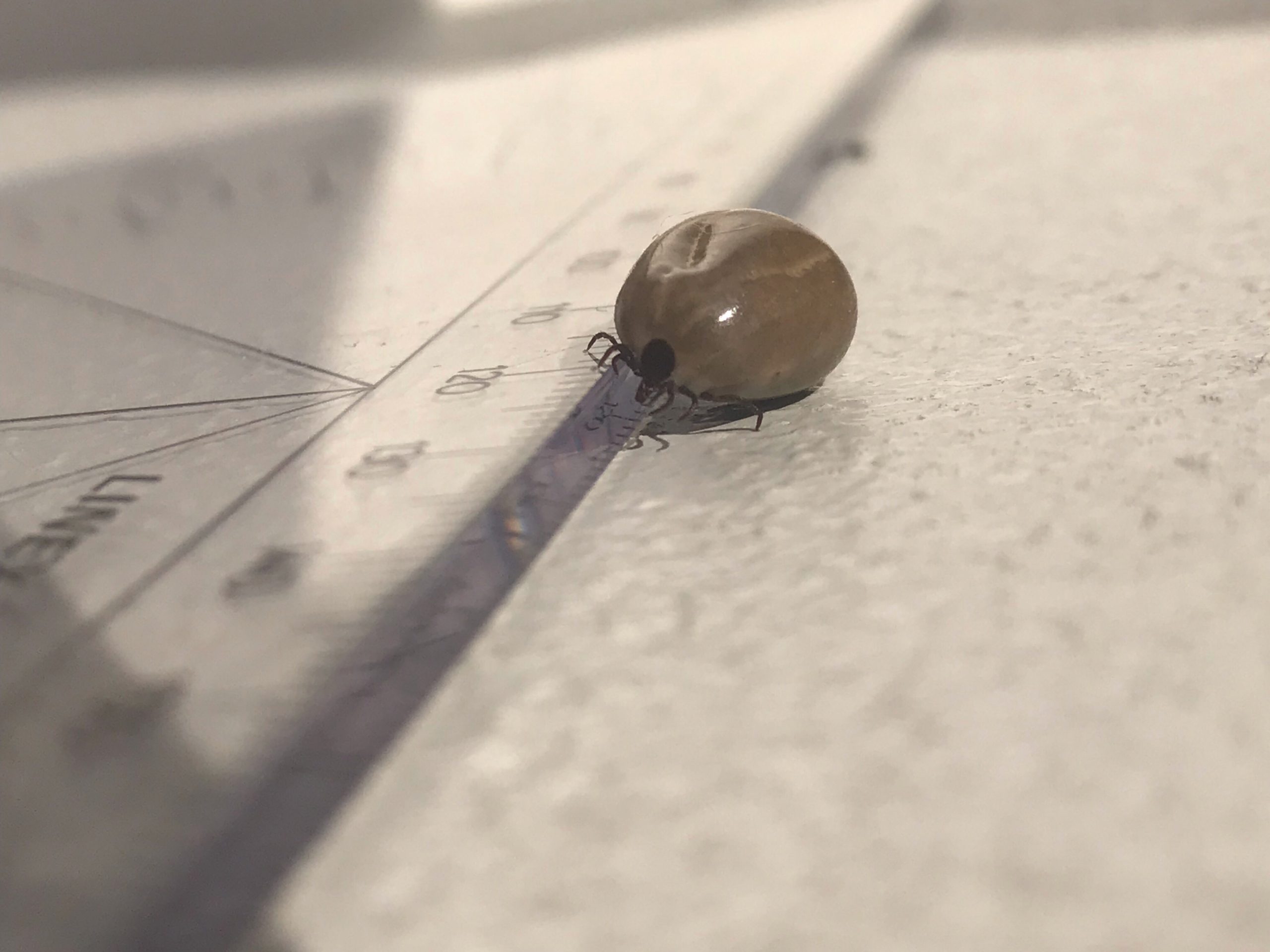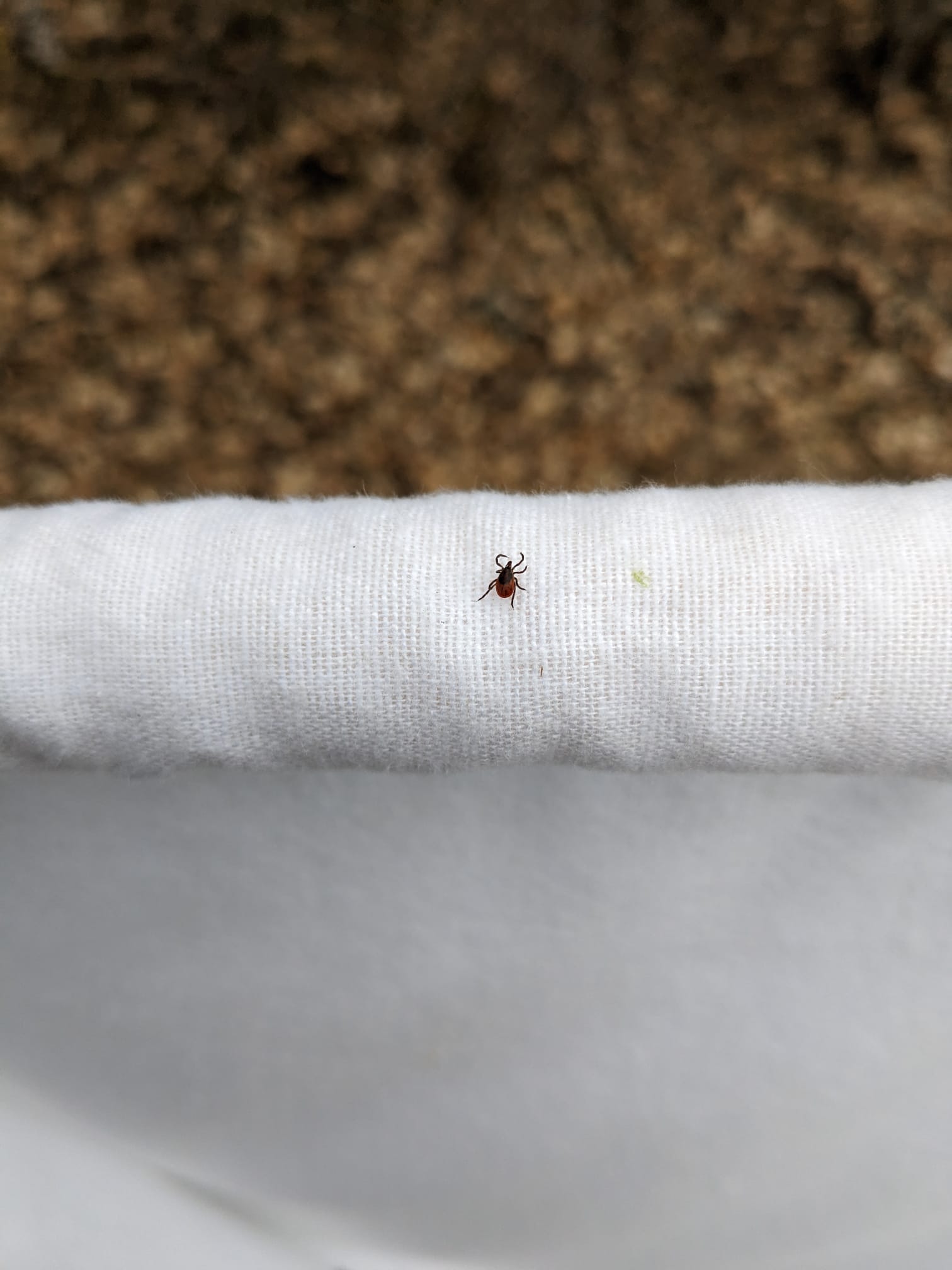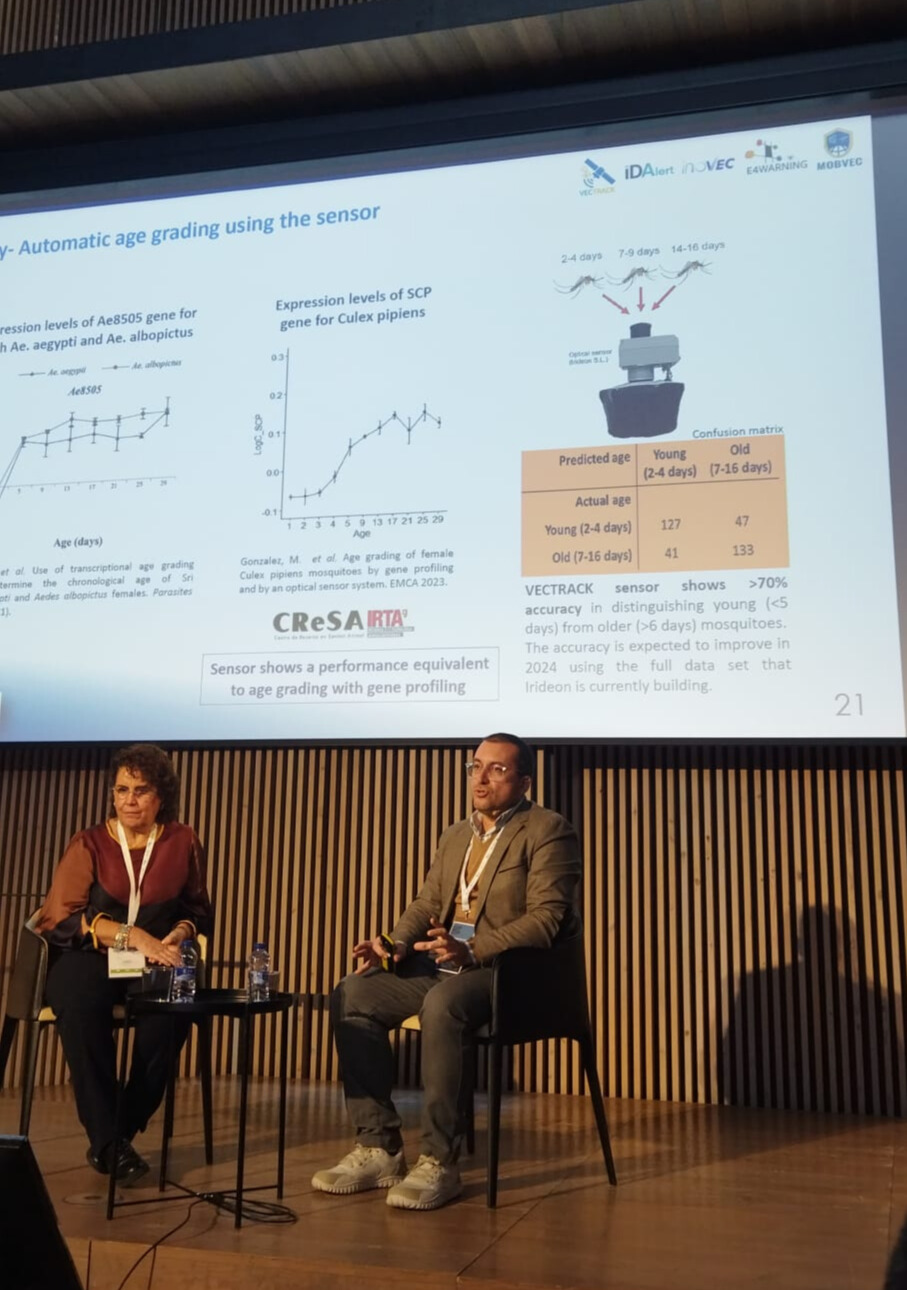Climate change is having a profound effect on ticks and infectious diseases in Europe. Rising temperatures, altered precipitation patterns, and changes in vegetation have expanded the geographic range of ticks and extended their active season. This, in turn, has increased the prevalence of tick-borne diseases such as Lyme disease and tick-borne encephalitis, as ticks find new habitats and host species to thrive in.
Warmer and more humid conditions also provide a conducive environment for the proliferation of disease-causing pathogens within ticks. As a result, the incidence of these infectious diseases is on the rise, posing a growing animal and public health threat. Addressing the impact of climate change on ticks and infectious diseases is becoming increasingly critical, necessitating comprehensive strategies for tick control and surveillance, as well as increased awareness and preparedness within the veterinary and healthcare system and among the general public.
Studying ticks as vectors for infectious diseases is part of the work carried out in IDAlert. Within the project, a case study in Sweden led by the Swedish Veterinary Agency (SVA) is monitoring exotic tick species through a citizen science approach to get early warning signals of new infectious agents that can cause diseases in both animals and humans. This knowledge will feed into the project’s overarching goal to develop and improve existing tools and generate new evidence to tackle the emergence and transmission of pathogens, and enhance evidence-based decision-making in Europe.
SVA has just published a press release about their citizen science programme “Report Tick”, highlighting that ticks stay active, even in winter months, and what´s in focus for 2024. Read their report below.
Tick Season: Focus on the Taiga Tick in Sweden
Traditionally, tick season is usually associated with warm months, but recent surveillance efforts are revealing that these creatures may be active even during winter months. With over 22,000 images submitted in the first year of the Rapportera Fästing or Report Tick programme.
The primary purpose of Report Tick is to detect the presence of unusual ticks and gather vital information about the native tick population. Despite sub-zero temperatures traditionally slowing down the activity of these parasites, the Swedish Veterinary Agency (SVA) has received a surprising number of 146 reports, accompanied by images, during the months of December, January, and February.
Dr. Anna Omazic, researcher at SVA, comments: “We are deeply grateful for the continued interest and collaboration of so many individuals willing to report their tick findings. We were surprised to see reports not cease during the winter. This fact clearly underscores that the Sheep tick (Ixodes ricinus) can remain active even during the Winter season in south and middle parts of Sweden. Though we still don’t fully understand the reasons behind this phenomenon, a plausible hypothesis suggests that ticks may be seeking shelter near resting places of wild animals. The warmth emanated by these animals could awaken ticks from their winter dormancy. Thus, when an animal, like a dog, passes by the shelter, a tick may seize the opportunity to latch onto its fur.”
Reporting Made Easier
To facilitate data collection, the Report Tick tool has undergone significant improvements. The tool has been refined, and the images have been changed to make it easier for the user. Adjustments have also been made to expedite the researchers work with rating and evaluating images, and a frequently asked questions section has been introduced to clarify common inquiries from reporters.
“We are currently working intensively to finalize our image analysis model, which will allow us to identify tick species found more quickly. Although we aim to complete it during this season, it still requires testing and evaluations to ensure reporters receive the correct information”, explains Anna Omazic.


Searching for Taiga Ticks in northern Sweden
Citizens play a crucial role in collecting data on tick sightings. This information is essential for researching the distribution of the tick population nationwide and for identifying the various species present. In Sweden, everyone is encouraged to continue reporting their tick findings. This year, particular attention is focused on the taiga tick, and residents of Norrbotten, Västerbotten, Jämtland, and Västernorrland county are encouraged to send their tick findings to SVA for identification and analysis regarding the TBE virus. Since the taiga tick (Ixodes persulcatus) is morphologically similar to the Sheep tick, molecular analyses are required to distinguish between the two species. The Taiga tick can harbour the Siberian and Far-Eastern subtypes of TBE virus that are associated to much more severe forms of the disease. These subtypes has not yet been found in Taiga ticks in Sweden. Each report is crucial for understanding the distribution and associated risk with the taiga tick and TBE virus in Sweden. In this area, the risk of being infected with the TBE virus remains low, but we want to gather information early on about whether northern ticks could be carriers of the virus.
Dr. Omazic concludes with a call to action: “We deeply appreciate everyone participating in Report Tick. Every report, every observation, contributes significantly to our collective understanding of these small but important parasites. We especially encourage the notification of exotic ticks, allowing us to early detect new species and establish a basis for surveillance of new pathogens in Sweden. We also look forward to receiving many ticks from northern Sweden this year to gain new insights into the distribution of the taiga tick in the country. Climate change is one of the causes of recurrent outbreaks and the spread of infectious diseases in Europe. To address this challenge, a comprehensive perspective is needed. The EU IDAlert project has a clear focus on the connection between animals, humans, and the environment, with the aim of achieving together more updated and effective preparedness in Europe. Mapping the tick population is important to work on tick-borne disease surveillance. This year we will collaborate with the OH4Surveillance project in order to monitor the distribution of the taiga tick in the north this year and understand its role in disease spread.”
Original article (in Swedish): https://www.sva.se/aktuellt/pressmeddelanden/fastingsasong-med-fokus-pa-tajgafastingen/
Report Tick program: Rapportera Fästing





